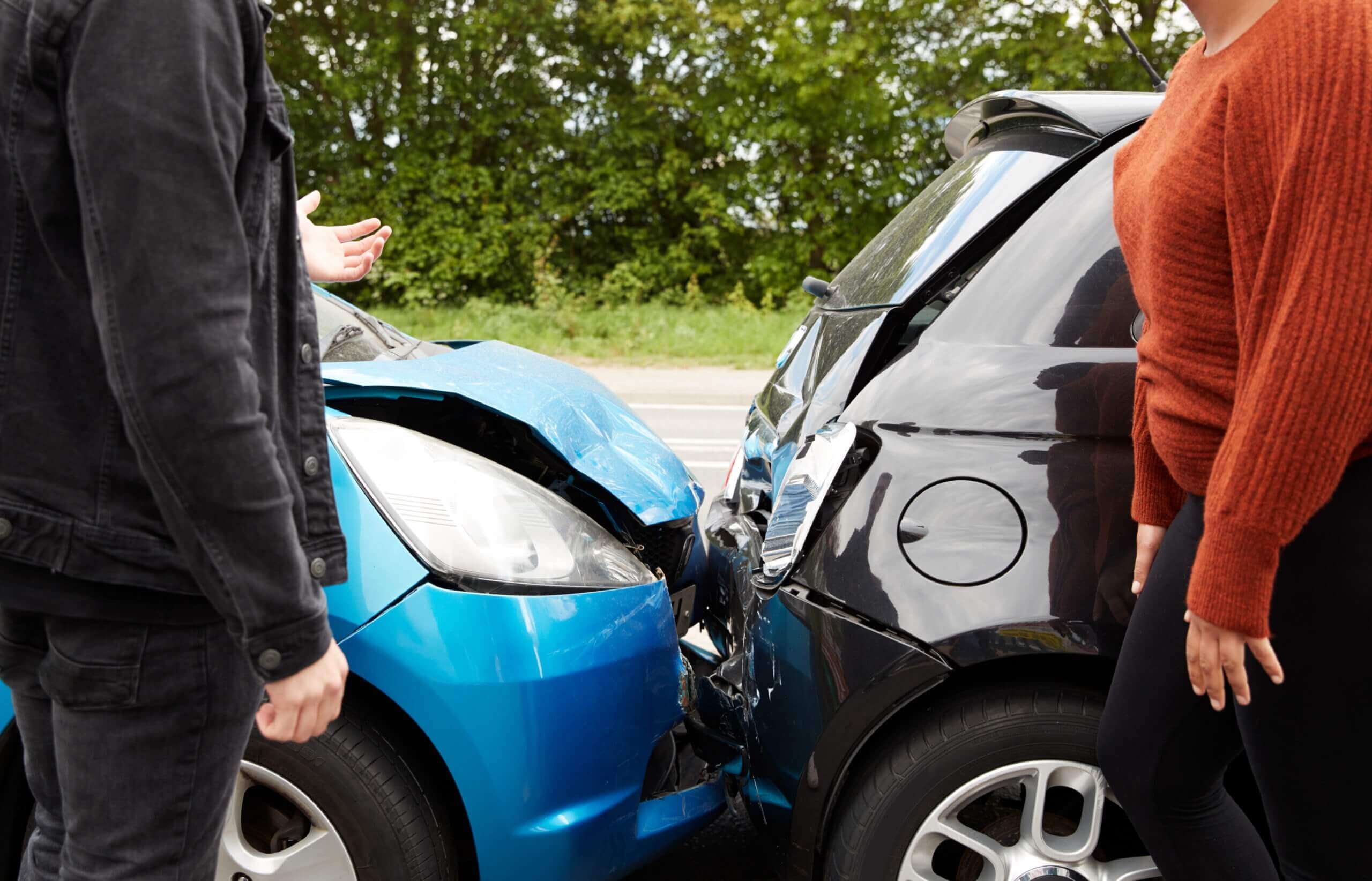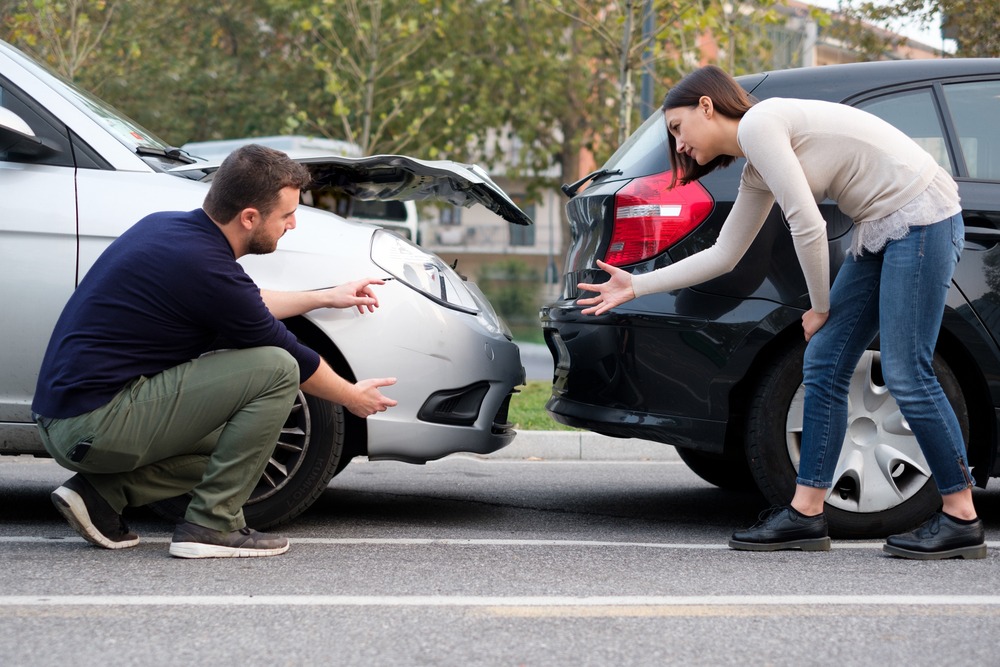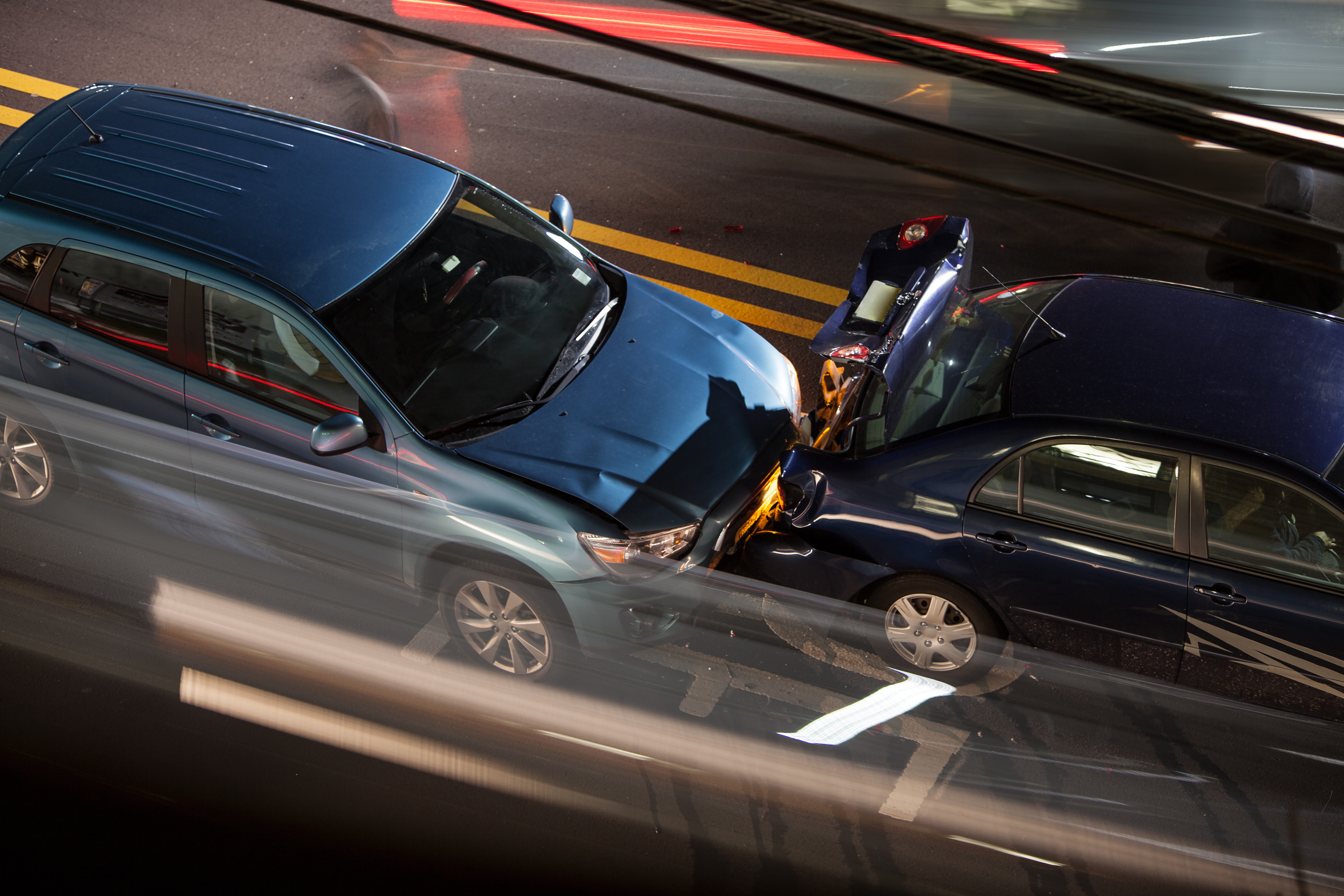Rear-End Car Accident Lawyer: Your Legal Guide to Compensation
Rear end car accident lawyer - Rear-end car accident lawyer: a legal expert specializing in representing victims of rear-end collisions. Understanding your rights and options after such an accident is crucial. This comprehensive guide will provide insights into the legal framework, liability determination, damages recoverable, insurance involvement, and the process of finding a qualified attorney to maximize your compensation.
Navigating the aftermath of a rear-end accident can be overwhelming. This guide empowers you with the knowledge to make informed decisions and pursue the justice you deserve.
Rear-End Car Accident Legal Overview
Rear-end collisions are a prevalent concern on our roads, often resulting in severe injuries and property damage. Understanding the legal framework surrounding these accidents is crucial for victims seeking compensation and ensuring their rights are protected.
Common Causes of Rear-End Accidents
The most common causes of rear-end accidents include:
- Distracted driving, such as texting, talking on the phone, or adjusting the radio
- Tailgating, following too closely behind the vehicle in front
- Speeding or driving too fast for conditions
- Impaired driving, such as driving under the influence of alcohol or drugs
- Mechanical failures, such as brake malfunctions or tire blowouts
Frequency and Severity of Rear-End Accidents
Rear-end accidents are among the most common types of car accidents, accounting for approximately 30% of all reported crashes. They can range in severity from minor fender benders to catastrophic collisions.
According to the National Highway Traffic Safety Administration (NHTSA), in 2020, rear-end accidents resulted in:
- Over 1,700 fatalities
- Nearly 500,000 injuries
Legal Framework Surrounding Rear-End Accidents
In most jurisdictions, rear-end accidents are considered "negligence" cases, meaning that the driver who caused the accident was careless or reckless and failed to exercise reasonable care.
The legal framework for rear-end accidents typically involves:
- Determining fault, which is usually assigned to the rear driver unless there are extenuating circumstances
- Calculating damages, including medical expenses, lost wages, and pain and suffering
- Negotiating a settlement or proceeding to trial
Determining Liability in Rear-End Accidents
Establishing liability in rear-end accidents hinges on the legal principle of negligence. Negligence entails a breach of duty of care by one party, resulting in harm to another party. In the context of rear-end collisions, the driver who struck the rear of another vehicle is generally presumed negligent.
However, the concept of comparative negligence may come into play. Comparative negligence apportions liability among multiple parties based on their respective degrees of fault. In a rear-end accident, the following factors can influence liability:
Driver Behavior
- Speeding or reckless driving
- Distracted driving (e.g., texting, using a phone)
- Driving under the influence of alcohol or drugs
- Failure to maintain a safe following distance
Weather Conditions
- Reduced visibility due to rain, snow, or fog
- Icy or slippery road surfaces
Vehicle Defects
- Malfunctioning brakes or lights
- Tire defects
Damages Recoverable in Rear-End Accidents

Victims of rear-end accidents may be entitled to compensation for the losses they have incurred as a result of the negligence of the at-fault driver. These damages can include both economic and non-economic losses.
Economic damagesare those that can be easily quantified, such as medical expenses, lost wages, and property damage. Non-economic damagesare more difficult to quantify, such as pain and suffering, emotional distress, and loss of enjoyment of life.
Calculating Damages
The amount of damages that a victim can recover in a rear-end accident lawsuit will vary depending on the severity of the victim's injuries, the extent of the victim's lost wages, and the amount of property damage that the victim has suffered.
To calculate damages, the victim's attorney will typically gather evidence of the victim's medical expenses, lost wages, and property damage. The attorney may also hire an expert witness, such as an economist or a vocational rehabilitation specialist, to help calculate the victim's future lost wages and loss of earning capacity.
Strategies for Maximizing Damage Recovery
There are a number of strategies that a victim's attorney can use to maximize the amount of damages that the victim recovers in a rear-end accident lawsuit. These strategies include:
- Documenting the victim's injuries and losses.The victim's attorney will need to gather as much evidence as possible to support the victim's claim for damages. This evidence may include medical records, bills, pay stubs, and photographs of the victim's injuries.
- Hiring an expert witness.An expert witness can help the victim's attorney calculate the victim's future lost wages and loss of earning capacity. An expert witness can also testify about the nature and extent of the victim's injuries.
- Negotiating with the insurance company.The victim's attorney will typically negotiate with the insurance company of the at-fault driver to settle the victim's claim for damages. The victim's attorney should be prepared to go to trial if the insurance company is unwilling to offer a fair settlement.
The Role of Insurance in Rear-End Accidents: Rear End Car Accident Lawyer

Insurance companies play a crucial role in handling rear-end accident claims. They provide financial coverage for the damages and injuries sustained by the victims. Understanding the role of insurance companies and the different types of coverage available can help you navigate the claims process effectively.
When a rear-end accident occurs, the insurance company of the at-fault driver is typically responsible for covering the damages. This includes property damage to the vehicles involved, medical expenses for injuries, and lost wages due to missed work.
Types of Insurance Coverage
- Liability Insurance:Covers the legal liability of the at-fault driver for damages caused to others.
- Collision Insurance:Covers the damage to the policyholder's own vehicle, regardless of who is at fault.
- Uninsured/Underinsured Motorist Coverage:Provides coverage if the at-fault driver does not have insurance or has insufficient coverage.
- Personal Injury Protection (PIP):Covers medical expenses and lost wages for the policyholder and their passengers, regardless of fault.
Negotiating with Insurance Companies
Negotiating with insurance companies can be challenging. Here are some tips:
- Gather evidence to support your claim, such as police reports, medical records, and witness statements.
- Be prepared to provide a detailed account of the accident and your injuries.
- Don't accept the first settlement offer without considering all your options.
- Consider consulting with an attorney if you have difficulty negotiating with the insurance company.
Finding a Rear-End Car Accident Lawyer
Hiring a lawyer to handle a rear-end accident claim can provide numerous benefits. An experienced attorney can guide you through the legal process, maximize your compensation, and protect your rights.
To find a qualified and experienced attorney, consider the following tips:
- Seek referrals:Ask friends, family, or colleagues for recommendations.
- Check online reviews:Read reviews from previous clients on websites like Google My Business and Avvo.
- Attend a free consultation:Many lawyers offer free consultations to discuss your case and assess its potential value.
Typical Fees Associated with Hiring a Lawyer
The fees associated with hiring a lawyer for a rear-end accident claim vary depending on the complexity of the case and the attorney's experience. Common fee arrangements include:
- Contingency fee:The lawyer takes a percentage of the settlement or verdict, typically ranging from 33% to 40%.
- Hourly rate:The lawyer charges an hourly rate for their services, typically ranging from $100 to $300 per hour.
- Flat fee:The lawyer charges a fixed fee for their services, regardless of the outcome of the case.
The Legal Process for Rear-End Accident Claims
After a rear-end collision, understanding the legal process involved in filing a claim is crucial. This process involves several key steps and roles for both the plaintiff (the injured party) and the defendant (the party being held responsible).
Filing a Claim, Rear end car accident lawyer
- Contacting Insurance Companies:The first step is to notify both your own and the other driver's insurance companies about the accident. They will initiate the claims process and assign an adjuster to investigate the case.
- Gathering Evidence:Collect as much evidence as possible, such as police reports, witness statements, medical records, and photographs of the accident scene and damage to vehicles.
- Negotiating with Insurance Companies:The insurance adjusters will assess the evidence and determine liability and damages. They will then make settlement offers to the parties involved.
Role of the Plaintiff
- Proving Negligence:The plaintiff must demonstrate that the defendant was negligent in causing the accident, such as by driving distracted, speeding, or failing to maintain a safe following distance.
- Establishing Damages:The plaintiff must provide evidence of the damages they suffered, including medical expenses, lost wages, pain and suffering, and property damage.
Role of the Defendant
- Denying Negligence:The defendant may contest the plaintiff's allegations of negligence and argue that they were not at fault for the accident.
- Disputing Damages:The defendant may also dispute the amount of damages claimed by the plaintiff, arguing that they are excessive or not supported by evidence.
Potential Outcomes
The outcome of a rear-end accident lawsuit can vary depending on the circumstances. Some possible outcomes include:
- Settlement:The parties may reach a settlement agreement before trial, where the defendant agrees to pay compensation to the plaintiff in exchange for dropping the lawsuit.
- Judgment for the Plaintiff:If the case goes to trial, the jury or judge may find in favor of the plaintiff and award damages.
- Judgment for the Defendant:The jury or judge may find in favor of the defendant, dismissing the plaintiff's claims.
Closing Notes

Remember, seeking legal assistance from a reputable rear-end car accident lawyer is essential to protect your rights and ensure fair compensation. By understanding the legal process and your options, you can confidently navigate this challenging time and obtain the justice you deserve.